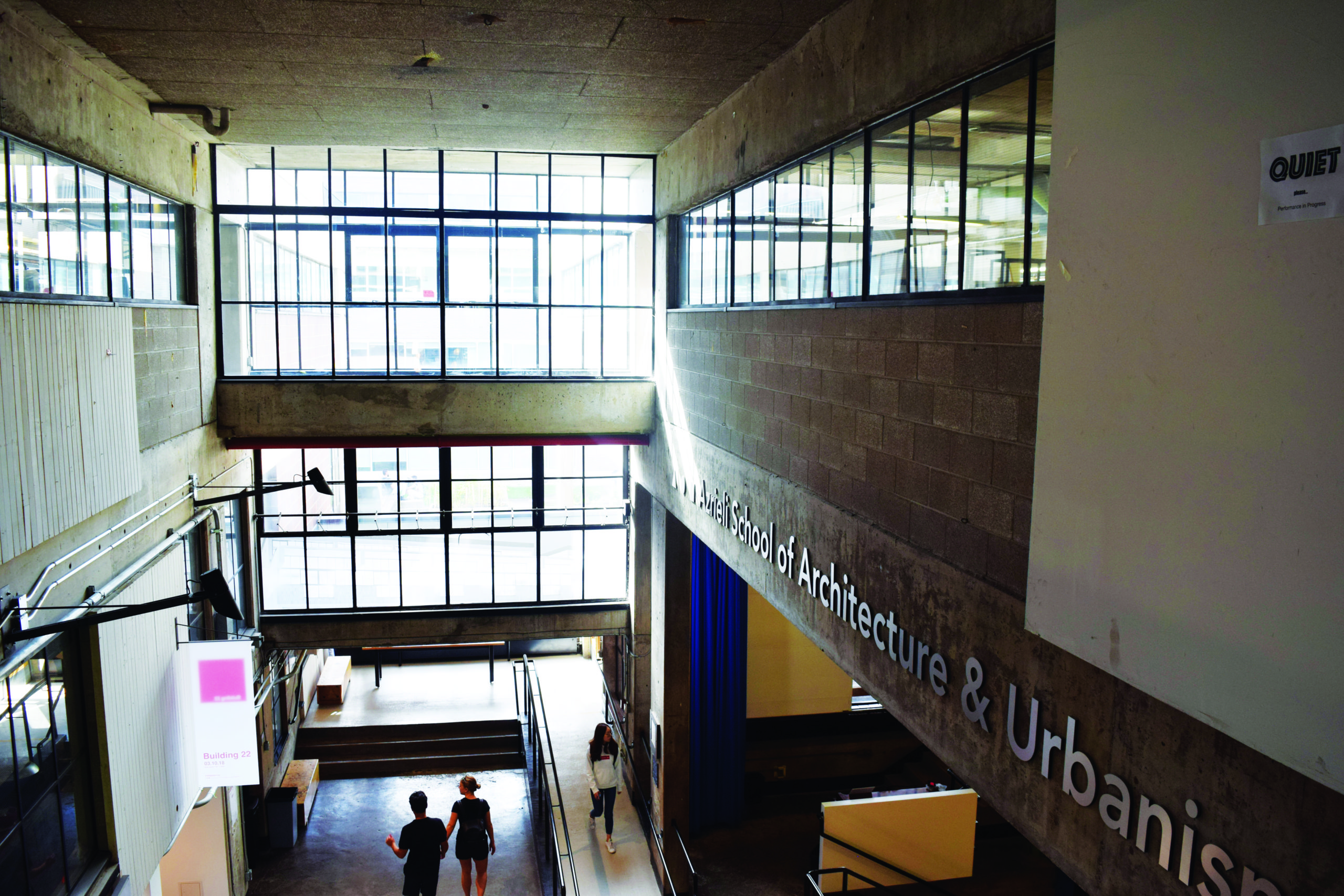With little resistance, Carleton University has transitioned all courses online for the fall term, regardless of program curriculums, forcing professors to become more creative in the delivery of their courses.
Despite the adjustments made by professors, the cost of the transition is still being felt by students—especially those in classes that demand hands-on learning.
Angelica Ruiz Rodriguez, a fourth-year architecture student, is one such student. She worked with her classmate on a studio project and succeeded by breaking down the assignment into smaller, deliverable deadlines, but said she still feels that her education is suffering with virtual learning.
“If they were there in front of you, then you could be actively discussing more decisions,” Ruiz Rodriguez said.
When her class did an informal site visit to an Ottawa location, Ruiz Rodriguez said she also missed out because she is living outside of Ottawa this semester.
Abdelrahman Alcibahy is a fourth-year mechanical engineering student. He said he understands the difficulty in delivering synchronous lectures, but is concerned that without an obligation to watch a lecture during its scheduled time, he’ll fall behind.
“If you’re not on top of it, it just piles up and at the end, you have hours of unwatched lectures,” he said.
An upside of online lectures, according to Alcibahy, is the resources available to students. One of his professors said that, during in-person courses, they don’t have time to build an electrical circuit and explain the components. With classes online, his professors can now send their students a video of the circuits to help them understand.
Professors are adapting, too
Other professors are seeing the opportunities and challenges of transitioning to a fully-online world.
Natalia Escobar Castrillón, an assistant professor of architecture at Carleton, acknowledged that online studios are a challenge when these courses would typically involve a lot of collaboration. However, she said it also forces professors to use new tools to keep students engaged and actively learning.
“We try to focus on new possibilities that emerge, rather than what we’re missing,” she said.
Escobar Castrillón said that there is an assumption that theory courses in particular adapt easily to the online format.
“I think that’s an assumption that we need to challenge,” she said, adding that having a professor physically in a class facilitates a smoother flow of ideas between students and the professor.
Robert Langlois is a professor and associate dean of student success for Carleton’s faculty of engineering and design. He said that teamwork is a large part of engineering and that aspect has transitioned online, even with large projects.
“It seems that students are being very adaptable, and it looks promising,” he said.
Langlois said there have been a few hiccups in transitioning to online platforms, but believes that students are adjusting well.
Student associations push for support
Over the summer, the Azrieli Architecture Student Association (AASA) worked with the Azrieli School of Architecture and Urbanism administration to prepare for a fully-online semester.
“We’re trying to make sure everyone has the chance to really succeed and not be inhibited by money, finances, family situations or where they live geographically,” said Federico Lacasia, president of AASA and a fourth-year architecture student.
AASA also organized an online spirit week at the start of the year that matched first-year students with upper-year students.
“Architecture is very tight-knit. There’s the studio culture that we want to uplift,” he said.
The Carleton Academic Student Government (CASG) also helped students transition to online learning. In July, the association offered a two-hour COVID-19 Students’ Support Crash Course.
“The biggest concern we got during the summer was that students were very confused about, not only government things, but what the university was doing as well,” said Matt Gagné, the president of CASG.
CASG also signed a letter with the Carleton University Students’ Association (CUSA), Graduate Students’ Association (GSA) and other student groups at the start of the semester encouraging professors to offer asynchronous classes.
“There are students in various time zones in their classes now, and the best way to approach this semester is through asynchronous learning,” Gagné said.
CASG is also leading an effort to permanently reform Carleton’s grading policy. Possible reforms include introducing exploratory courses that students can take outside of their program without impacting their CGPA, and adding a pass-fail option for first-year courses.
Regardless of the struggles and changes that students—and professors—have had to endure in the first month of this semester, Gagné said the Carleton community has responded well to the challenge.
“I’m really proud of how the campus has come together,” Gagné said. “Whether it was the online frosh, or how all the student organizations and clubs have really risen to the occasion and tried to make as much of an impact as possible.”
“I can’t say that I’ve seen many other universities come together the way Carleton has,” Gagné added. “We have a lot to be proud of here.”






